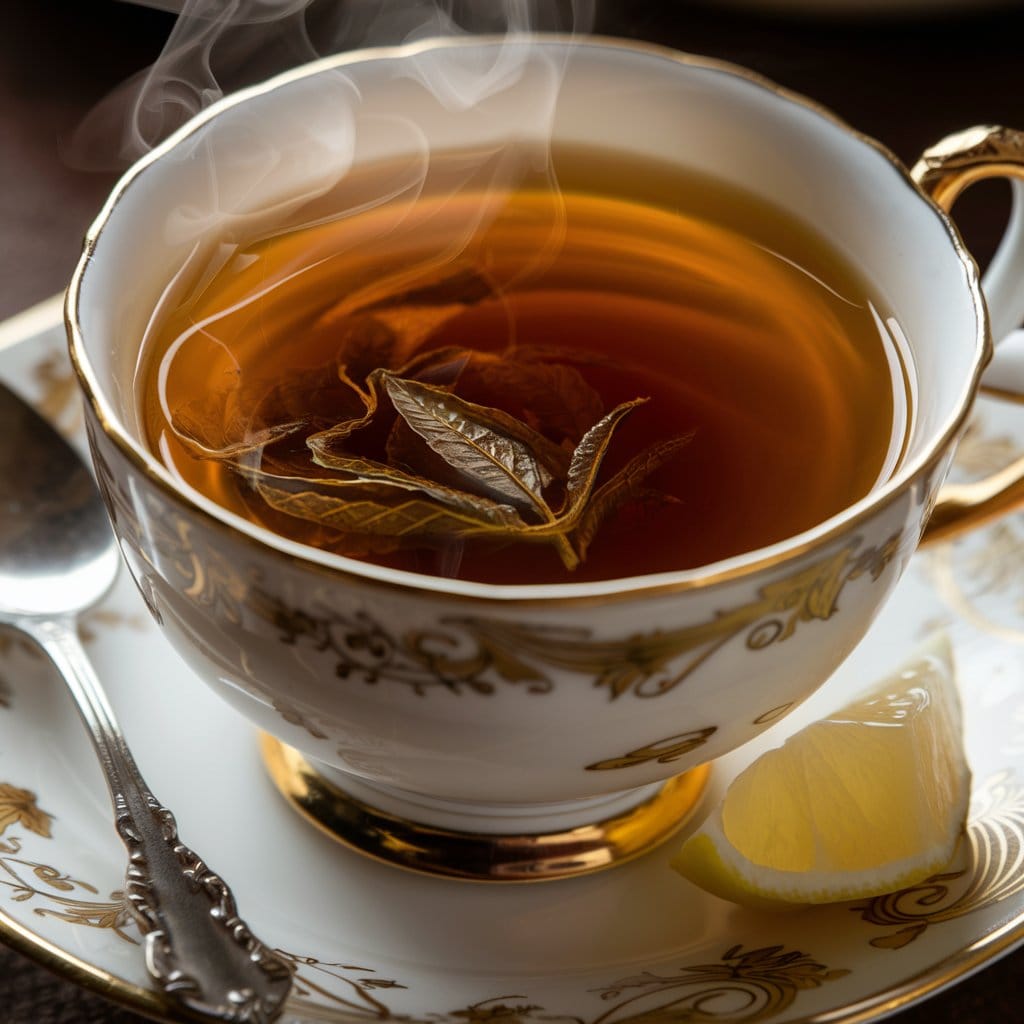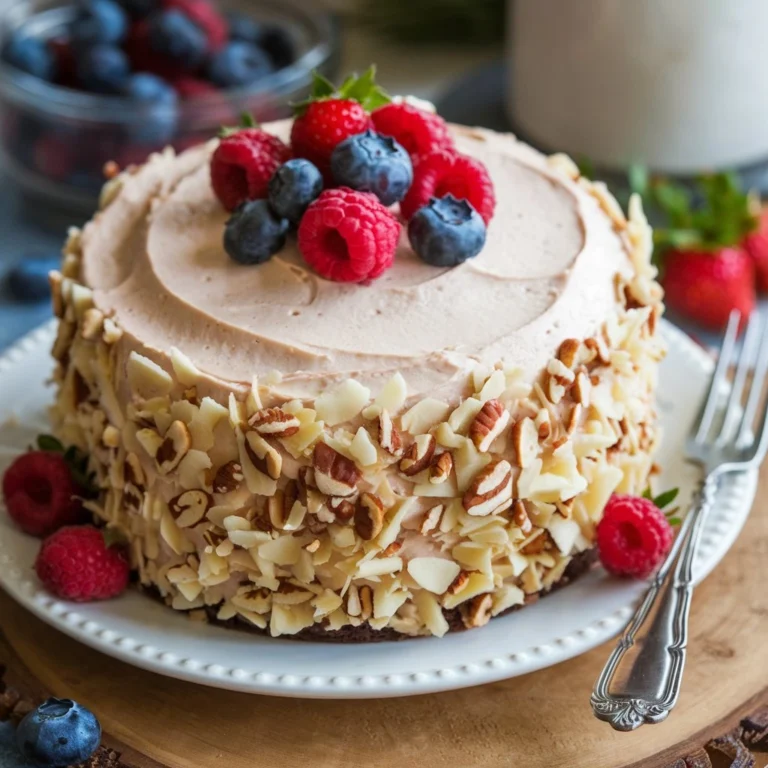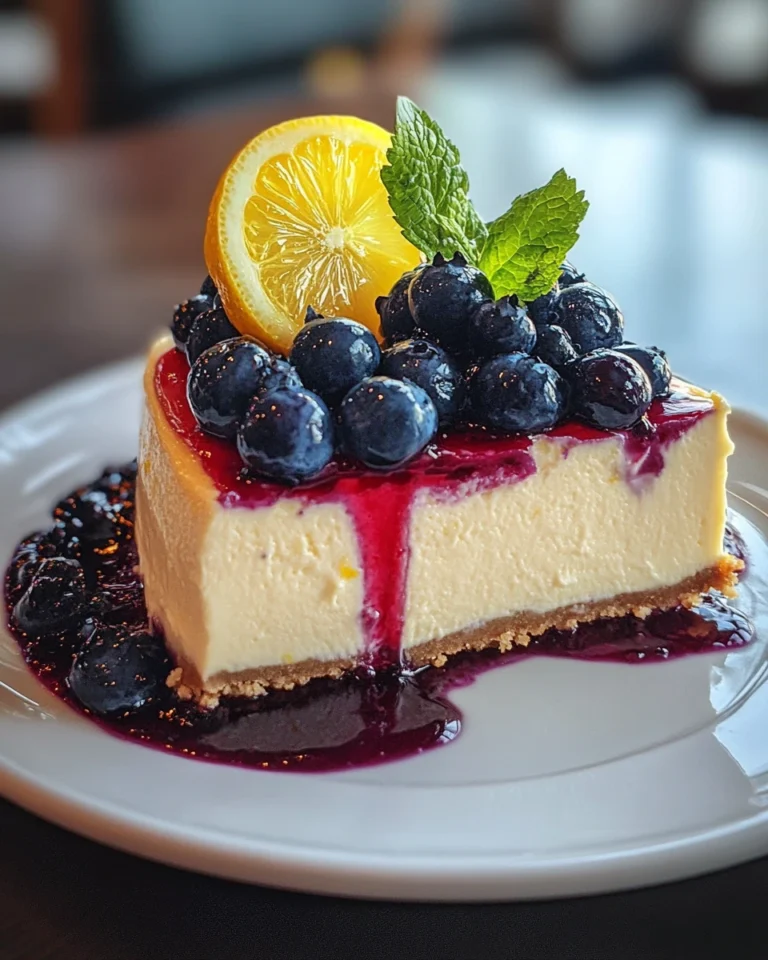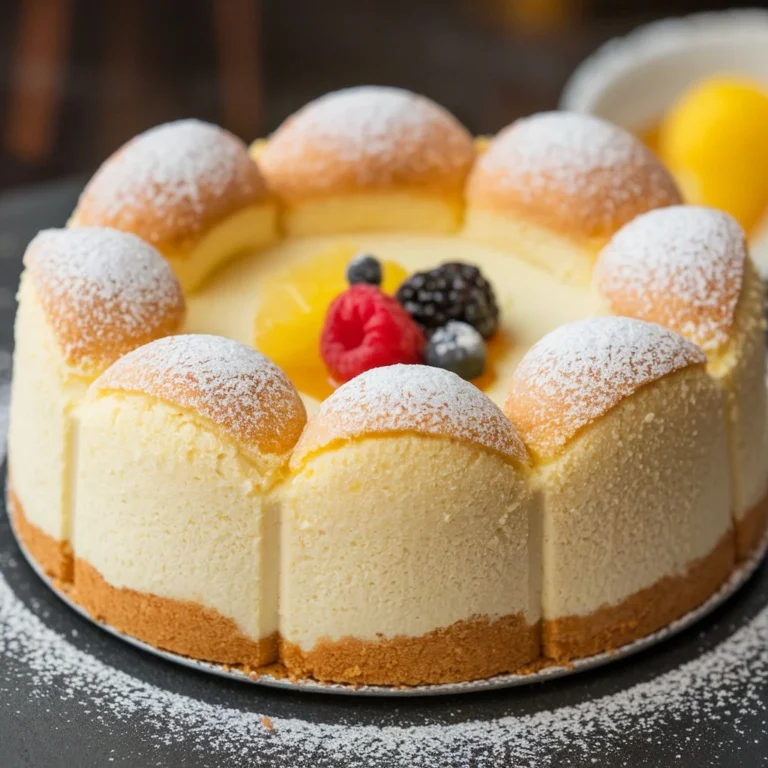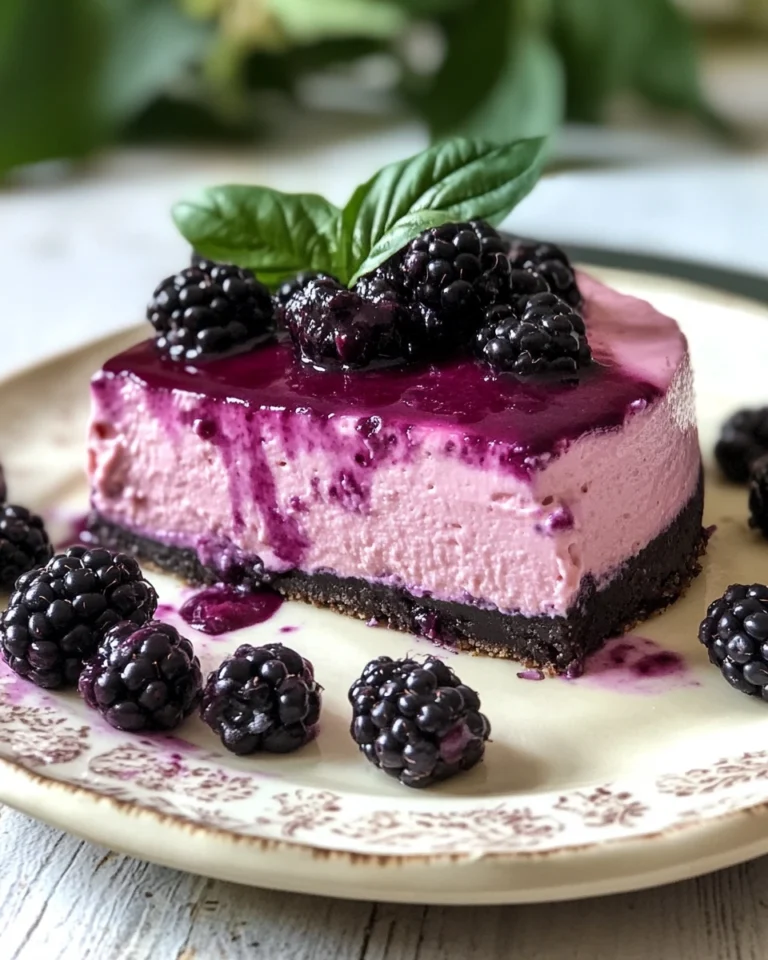What flavors complement Earl Grey?
Earl Grey tea goes beyond being just a beverage; it stands as a cultural icon, a symbol of sophistication, and a beloved drink for millions around the world. Its distinctive flavor, which combines the robust qualities of black tea with the fragrant, citrusy notes of bergamot oil, has made it a staple in both traditional and modern tea-drinking practices. In this article, we explore the origins of Earl Grey tea, delve into its unique flavor profile, discuss the various health benefits it offers, and provide detailed guidance on how to brew the perfect cup. We also explore the many variations of Earl Grey, its applications in culinary arts, and much more.
The Origins of Earl Grey Tea
The history of Earl Grey tea combines mystery and legend, much like the drink itself. Named after Charles Grey, the British Prime Minister from 1830 to 1834, this tea has a fascinating origin story that blends historical facts with a touch of myth. According to popular lore, Charles Grey received the blend as a gift after saving a Chinese mandarin’s son from drowning. In gratitude, the mandarin presented Grey with a unique tea blend flavored with the oil of bergamot orange, a fruit native to Italy but widely used in Chinese medicine.
While historians debate the veracity of this story, the lasting impact Earl Grey has had on British tea culture remains undisputed. Grey, an advocate for the abolition of slavery and various other social reforms, possessed sophisticated tastes. The addition of bergamot oil to black tea likely served as a way to enhance the tea’s flavor, especially since the water at Grey’s Northumberland estate was known to be quite harsh and limey. The citrusy essence of bergamot balanced and softened the tea, making it more palatable.
For those interested in the broader context of tea’s history, including the many legends and traditions surrounding it, the history of tea provides a fascinating backdrop to the story of Earl Grey.
What Makes Earl Grey Tea Unique?
The defining feature of Earl Grey tea lies in its use of bergamot oil, extracted from the peel of the bergamot orange. This oil gives Earl Grey its signature citrusy aroma and flavor, setting it apart from other types of tea. While the base of the tea typically consists of strong black tea, the infusion of bergamot transforms it into a unique beverage that is both refreshing and soothing.
The Role of Bergamot Oil
Bergamot oil brings together a blend of citrusy, floral, and slightly bitter notes. Many describe it as a cross between a lemon and a bitter orange, with a fragrant floral undertone. This complexity makes bergamot special and pairs well with the robust flavors of black tea.
The process called cold pressing extracts the oil from the peel of the bergamot orange. The quality of the oil varies depending on the region where growers cultivate the oranges, with Calabria in southern Italy being the most famous and renowned for producing the finest bergamot oil. The climate and soil of this region contribute to the unique characteristics of the oil, making it highly sought after by tea blenders.
Variations in Flavor Profiles
The flavor profile of Earl Grey tea can vary significantly depending on several factors, including the type of black tea used as the base, the quality and quantity of bergamot oil, and whether any additional flavorings or ingredients are included. For instance, some variations of Earl Grey use a lighter or more delicate black tea base, which allows the bergamot flavor to take center stage. Others may use a stronger, more full-bodied tea, resulting in a more balanced blend where the citrus notes complement rather than overpower the tea.
Modern tea blenders often experiment with different flavorings to create unique variations of Earl Grey. These can include floral notes like lavender or rose, or even the inclusion of creamy vanilla to create a richer, smoother cup. These variations offer a wide range of flavor experiences for those who love Earl Grey but want to explore its many different expressions.
For those looking to understand more about the health benefits associated with tea, particularly Earl Grey, it is worth exploring the health benefits of tea to appreciate why this tea is more than just a flavorful drink.
The Health Benefits of Earl Grey Tea
While the flavor of Earl Grey tea remains its most celebrated feature, this tea also offers a variety of health benefits that make it a wise choice for daily consumption. The combination of black tea and bergamot oil provides a potent mix of antioxidants, anti-inflammatory compounds, and other beneficial substances that contribute to overall health and well-being.
Rich in Antioxidants
One of the primary health benefits of Earl Grey tea stems from its high antioxidant content. Black tea is naturally rich in polyphenols, a type of antioxidant that helps protect the body from free radicals—unstable molecules that can damage cells and contribute to aging and disease. These antioxidants can help reduce the risk of chronic diseases, including heart disease and cancer, by neutralizing free radicals and reducing inflammation in the body.
In addition to the antioxidants found in black tea, bergamot oil also contains several beneficial compounds, including limonene, linalyl acetate, and linalool, which exhibit antioxidant and anti-inflammatory properties. These compounds help reduce oxidative stress in the body, promoting better overall health.
Boosts Mental Alertness
The caffeine content in Earl Grey tea provides another reason why many people enjoy it as a morning or afternoon pick-me-up. Caffeine acts as a natural stimulant that improves focus, concentration, and mental alertness. Unlike coffee, which can sometimes cause jitters or anxiety due to its high caffeine content, Earl Grey offers a more moderate dose of caffeine, making it a gentler option for those sensitive to stimulants.
Moreover, the bergamot oil in Earl Grey is believed to have calming and mood-enhancing effects. The aroma of bergamot often features in aromatherapy to reduce stress and anxiety. When combined with the caffeine in black tea, it creates a balanced effect that both energizes and soothes.
Aids in Digestion
Bergamot oil offers digestive benefits, and drinking Earl Grey tea provides an excellent way to support digestive health. The compounds in bergamot oil stimulate the production of digestive enzymes, improving digestion and reducing symptoms of indigestion, bloating, and gas. Additionally, the mild bitterness of bergamot can stimulate appetite and promote healthy digestion.
Drinking Earl Grey after a meal can be particularly beneficial, as it aids in the breakdown of food and helps prevent discomfort or bloating. Many also find that the calming properties of bergamot soothe an upset stomach or reduce feelings of nausea.
Supports Heart Health
Several studies suggest that the antioxidants in black tea can improve heart health by reducing levels of LDL cholesterol (often referred to as “bad” cholesterol) and improving blood vessel function. These effects help reduce the risk of heart disease and stroke, making Earl Grey tea a heart-healthy choice.
In particular, the polyphenols in black tea improve endothelial function, which is the ability of blood vessels to dilate and contract properly. This plays a key role in maintaining healthy blood pressure and reducing the risk of cardiovascular disease. The bergamot oil in Earl Grey may also contribute to heart health by reducing inflammation and improving blood lipid levels.
Enhances Skin Health
People have long used bergamot oil in skincare for its antibacterial and anti-inflammatory properties. Drinking Earl Grey tea may improve skin health by reducing inflammation and fighting off bacteria that can cause acne and other skin issues. Additionally, the antioxidants in black tea protect the skin from damage caused by free radicals, which can lead to premature aging and other skin problems.
Some also use Earl Grey as a topical treatment for skin issues, applying cooled tea bags to the skin to reduce inflammation, soothe irritation, and promote healing.
How to Choose the Best Earl Grey Tea
When selecting the best Earl Grey tea, consider several factors to ensure you are getting a high-quality product that delivers the best flavor and health benefits.
Quality of Ingredients
The quality of the ingredients used in Earl Grey tea significantly impacts its flavor and health benefits. Look for teas that use natural bergamot oil rather than artificial flavorings, as natural oil provides a more authentic and complex flavor. Additionally, consider the quality of the black tea used as the base. High-quality black tea offers a rich, robust flavor that complements the bergamot rather than being overpowered by it.
Freshness
Tea is a perishable product, and its flavor can degrade over time if not stored properly. To ensure you get the freshest Earl Grey, choose teas packaged to preserve freshness, such as those that are vacuum-sealed or stored in airtight containers. Loose leaf tea tends to retain its flavor better than tea bags, but if you prefer the convenience of tea bags, look for those made from high-quality materials that do not impart any off-flavors to the tea.
Brand Reputation
Finally, consider the brand’s reputation when choosing Earl Grey tea. Established brands with a long history of producing high-quality teas often offer a safe bet, as they have a track record of delivering consistent and well-crafted products. Some of the most popular and respected brands for Earl Grey include Twinings, Harney & Sons, and T2 Tea. These brands pay close attention to detail, commit to quality, and offer innovative flavor combinations.
How to Brew the Perfect Cup of Earl Grey
Brewing the perfect cup of Earl Grey tea requires both art and science. The key lies in balancing the water temperature, steeping time, and any additional ingredients to bring out the best in the tea.
Water Temperature
The ideal water temperature for brewing Earl Grey tea is just below boiling, around 200°F or 93°C. Using water that is too hot can scorch the tea leaves and make the bergamot oil taste bitter, while water that is too cool may not fully extract the flavors from the tea. To achieve the correct temperature, bring the water to a boil and then let it cool for a minute or two before pouring it over the tea.
Steeping Time
Steeping time plays another critical role in brewing the perfect cup of Earl Grey. Steep the tea for 3-5 minutes, depending on your taste preferences. A shorter steeping time results in a lighter, more delicate flavor, while a longer steeping time produces a stronger, more robust cup. Be careful not to over-steep the tea, as this can cause it to become bitter and astringent.
Enhancements
Earl Grey is a versatile tea that can be enjoyed on its own or with various enhancements. Traditional accompaniments include a slice of lemon, which enhances the citrus notes of the bergamot, or a dash of milk, which can add creaminess and balance the flavors. Some also like to sweeten their Earl Grey with a touch of honey or sugar, which complements the natural sweetness of the bergamot.
For a more indulgent experience, consider making an Earl Grey latte, also known as a London Fog. This drink combines Earl Grey tea with steamed milk, a shot of vanilla syrup, and a dusting of cinnamon or nutmeg for a warm, comforting treat.
Exploring Earl Grey in Baking and Cooking
One of the most delightful ways to enjoy Earl Grey involves incorporating it into baked goods and other culinary creations. The unique flavor of bergamot pairs wonderfully with a variety of ingredients, adding a sophisticated touch to both sweet and savory dishes.
Earl Grey Cookies
A perfect example of this is Earl Grey cookies, which capture the essence of Earl Grey with every bite. These cookies are infused with the fragrant citrusy notes of bergamot, offering a sweet and aromatic treat that pairs perfectly with a cup of tea. You can try making Earl Grey cookies at home using simple ingredients like butter, sugar, flour, and ground Earl Grey tea leaves. The result is a delicate, buttery cookie with a subtle yet distinctive flavor that is sure to impress.
Almond Flour Cupcakes
For those who love baking, incorporating Earl Grey into recipes like almond flour cupcakes can add an unexpected twist. Almond flour provides a nutty, slightly sweet base that complements the bergamot flavor beautifully. These almond flour cupcakes are not only delicious but also gluten-free, making them a great option for those with dietary restrictions.
Earl Grey Cocktails
Earl Grey also serves as a popular ingredient in cocktails, where its complex flavor adds depth and sophistication to various drinks. A classic Earl Grey Martini combines Earl Grey tea with gin, lemon juice, and simple syrup for a refreshing, citrusy cocktail with a kick. Another popular option is the London Fog, which blends Earl Grey tea with steamed milk, vanilla syrup, and a shot of espresso for a rich, creamy drink perfect for chilly days.
Earl Grey in Savory Dishes
While Earl Grey is most commonly associated with sweet treats and beverages, it can also enhance savory dishes by adding a subtle citrusy note. For example, Earl Grey can marinate chicken or fish, where its bergamot flavor adds a delicate complexity that enhances the overall dish. You can also infuse the tea into sauces, dressings, or use it as a seasoning for roasted vegetables.
FAQs About Earl Grey Flavor
As one of the most beloved and widely consumed teas globally, Earl Grey often raises questions among tea drinkers. Here are some of the most frequently asked questions about Earl Grey flavor.
- What makes Earl Grey tea different from other teas? The unique addition of bergamot oil distinguishes Earl Grey from other teas, providing its signature citrusy flavor.
- Is Earl Grey tea naturally flavored? Yes, traditional Earl Grey is naturally flavored with bergamot oil. However, some commercial brands may use artificial flavoring.
- Can I drink Earl Grey tea every day? Yes, Earl Grey can be enjoyed daily. However, it contains caffeine, so it’s best to moderate consumption if you’re sensitive to caffeine.
- Does Earl Grey tea have caffeine? Yes, like all black teas, Earl Grey contains caffeine, which can help boost energy and focus.
- How can I enhance the flavor of Earl Grey tea? Adding lemon, milk, or a sweetener like honey can enhance the natural flavors of Earl Grey.
- Can Earl Grey tea be used in cooking and baking? Absolutely! Earl Grey is a versatile ingredient that adds a unique flavor to both sweet and savory dishes, from cookies and cakes to marinades and sauces.
Conclusion
Earl Grey tea transcends being just a beverage; it represents a timeless classic that continues to captivate tea lovers worldwide. With its rich history, complex flavor, and numerous health benefits, Earl Grey offers a unique and satisfying experience that is both comforting and invigorating. Whether you enjoy it in its traditional form, as part of a delicious dessert, or in a creative cocktail, Earl Grey remains a staple in the world of tea, beloved for its distinctive flavor and enduring appeal.
As you explore the diverse offerings of Earl Grey, from its many variations to its culinary applications, you are sure to discover new and exciting ways to enjoy this iconic tea. Whether you’re a seasoned tea drinker or new to the world of tea, now is the perfect time to savor the rich, aromatic flavor of Earl Grey.

